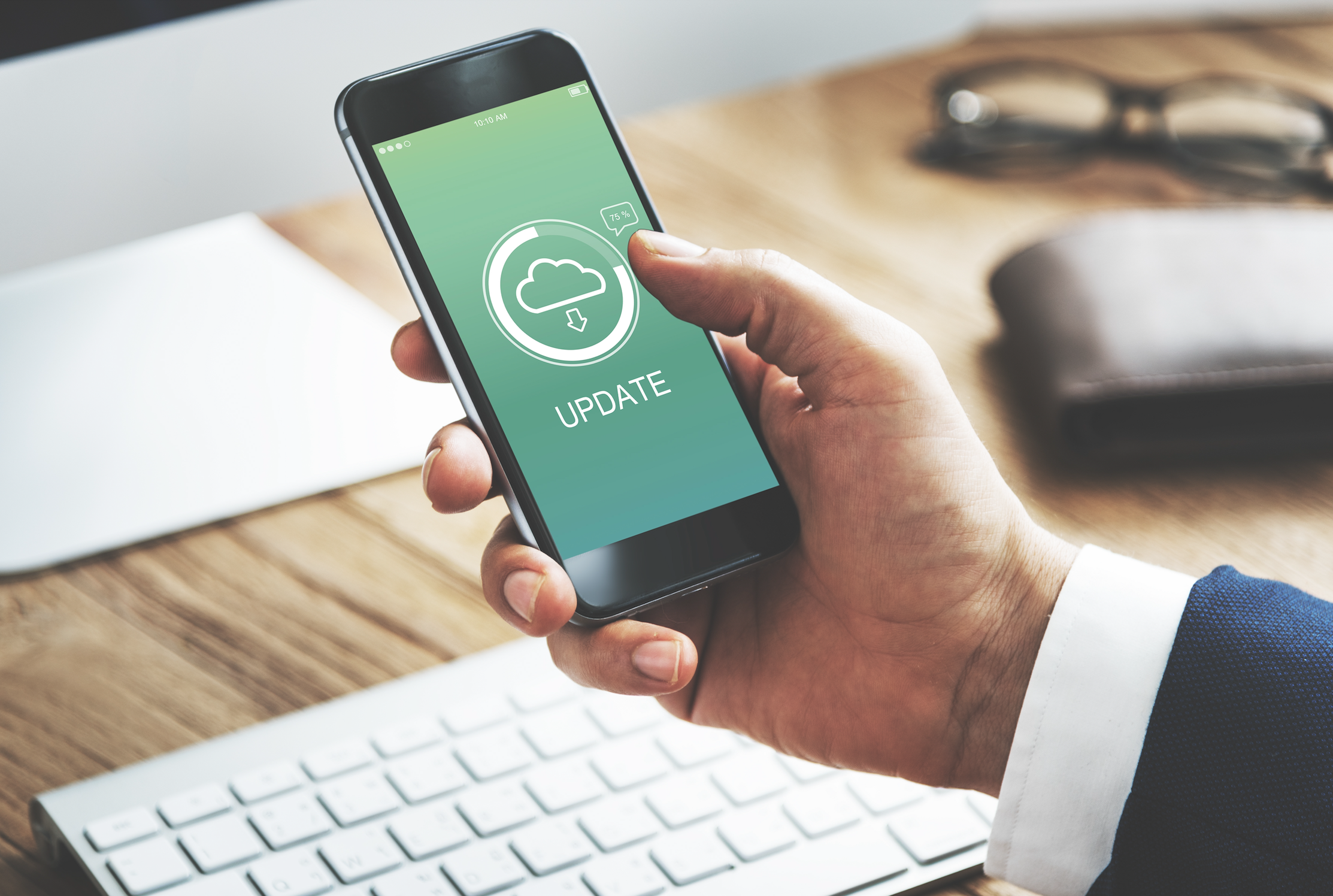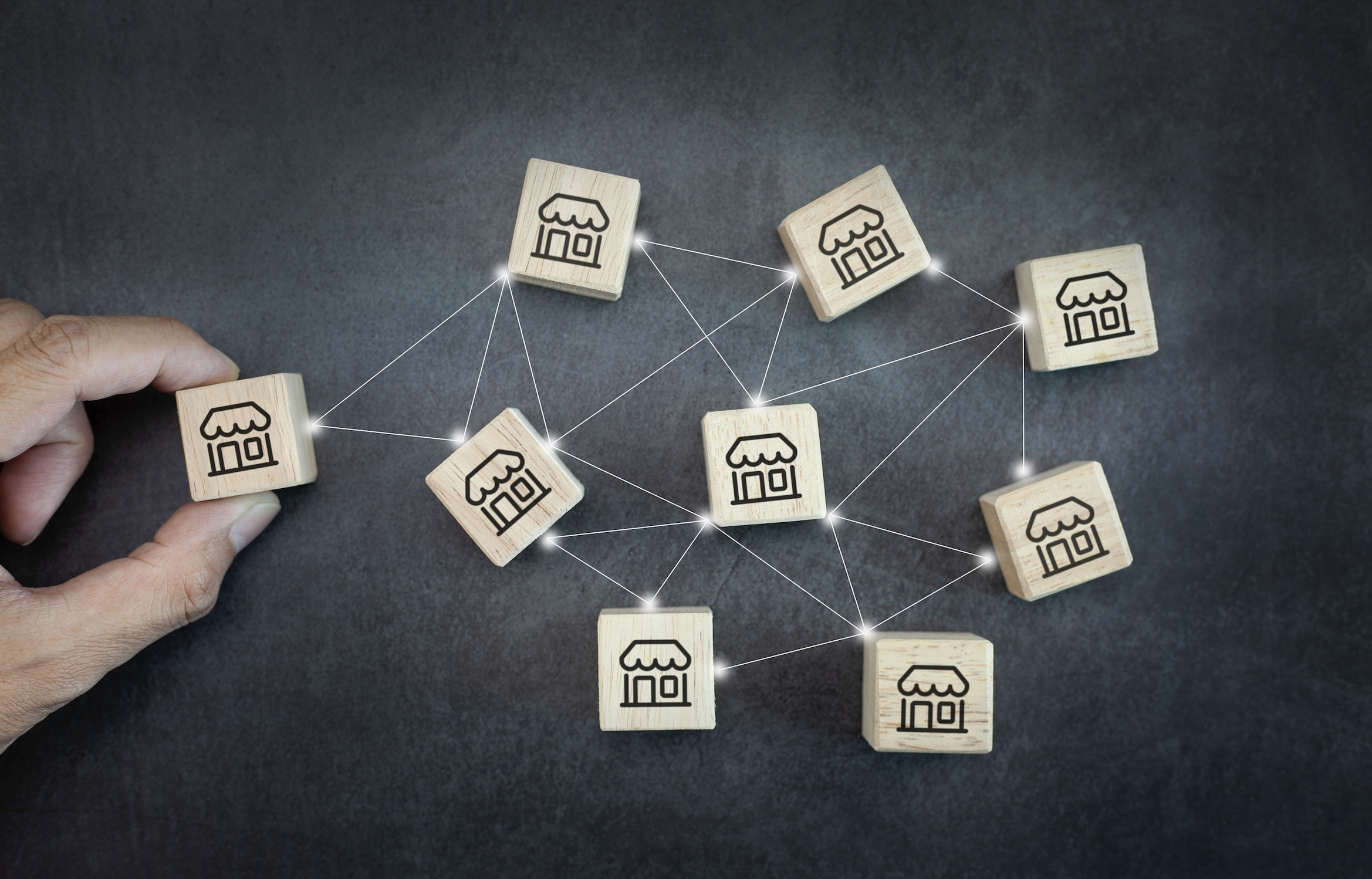How to Identify Real Cloud Solutions VS Fake Cloud Solutions
Is it okay to use a fake cloud solution for your restaurant? Definitely not.

快速瀏覽
Don’t Have the Cloud Pulled Over Your Eyes
You’ve finally had enough of that loud, whirring on-site server or PC adding clutter, noise and dust to your amazing restaurant. The only way forward at this point, is to adopt future tech and join the 60% of businesses moving to cloud systems. You’ll finally be able to switch focus away from worrying about how safe your restaurant’s data is, and how well your restaurant is running. In today’s ever-changing, ultra-competitive restaurant scene, you need to squeeze out every bit of efficiency to get ahead of the competition.
You’ve gone online and are now bombarded with a plethora of companies offering you revolutionary cloud solutions that will save your restaurant. The term ‘Cloud’ is used liberally, so how can you tell which companies are just trying to use hot jargon to sell you a dud product, and which companies are genuinely going to offer a real cloud solution? Let’s take a look at 5 ways you can tell a real cloud restaurant solution from a fake cloud restaurant solution or hybrid cloud restaurant solution.

1. Where’s the Server?
The true beauty of a real cloud solution comes in the freedom you experience. You should not have to host any of your data locally, you should not be bound to any hardware and you should certainly not be using your POS tablets as glorified monitors.
A true cloud solution will host the F&B solution and all your relevant custom data pertaining to it off-site. You will bear no cost on this front, and you will be totally untethered to any type of physical server.
Does the cloud solution ask you to keep a server handy, just in case? Are you using tablets just as portable monitors that require an on-site PC to store data and keep your business running? These are all signs of a fake cloud solution.

2. Does Everything Sync Automatically?
A real cloud solution can handle running different services, modules and features that all communicate seamlessly with one another. For example, a waiter that takes a customer’s order on a POS or mPOS can have that data sync directly with a Kitchen Display System (KDS) while also automatically make a record of the order to be used for backend accounting, later. This sort of seamless automation and syncing of data between modules is indicative of a true cloud solution.
Fake cloud companies will sell you a solution where there is only one basic benefit. For example, you might be able to use a tablet to take orders, but the data will not be able to sync with other modules and the tablet will not offer any additional features. Oftentimes, an on-site PC or server will be required, which is definitely indicative of a fake cloud solution. The PC/server will be doing all the essential work, meaning that your tablets are just acting like laggy monitors and giving the illusion of cloud tech.

3. Can you log in anywhere?
Flexibility is a must if you want to be able to check in on your business regularly and manage things efficiently. One of the main benefits of a cloud solution is that your solution is not tied to any hardware or location. If your F&B cloud solution runs on iPads, for example, you don’t need to use a specific iPad to manage your business. You can just log out of one iPad and then log back in on another and everything should be the same. This means that even if your hardware malfunctions or breaks, you can just log in on a different smart device and get right back to work.
When away from your business, the cloud will also let you sign in to your portal and run your business as is needed. You should experience close to 100% uptime
Fake cloud solutions will require you to pair a specific device to a local piece of hardware, or will require you to be in a certain location to run and manage your business. If the solution you’re looking at is tied to hardware, it is definitely a fake cloud solution and should be avoided at all costs.

4. How do Updates Work?
A true cloud solution will be updated regularly and add new and important functionality. This not only improves the user experience over time, but can also bolster the F&B solution’s feature-set. Essentially, your solution can keep getting better with each upgrade. You should also benefit from having all your settings and customizations carry over seamlessly with each update. These are the hallmarks of a real cloud solution when it comes to updates.
On the flip side, if updates take ages to arrive and if your customizations don’t get migrated in the process, you’re definitely looking at a fake cloud solution.

5. Is the Solution Scalable?
What is scalability? It’s the ability for a cloud F&B solution to grow along with your business and provide more and more functionality as is required. Some examples include integrating with 3rd party solutions, allowing restaurant merchants to add on more modules, or even just allowing merchants to add more licences for cross-border franchises. A true cloud solution will support all these types of growth and allow a restaurant to build upon its success, rather than be a hindrance.
A fake cloud solution can’t do these things. They are focused on physical, immovable and local services. If all your data is tied to a local server and cannot be accessed from anywhere, you certainly won’t be able to scale up your business to include more modules, services or locations. That is, unless you shell out for even more expensive on-site hardware, that is.
Not all Cloud solutions are Created Equal
If you’re thinking of switching to a cloud solution, make sure you’re getting the real deal. Some of the key things to look out for in a true cloud solution include:
1. The Server
• Should be off-site
• Server should be handled by the cloud company
• All server costs and maintenance not paid for by restaurant
• Data stored off-site in secure data centers
• No risk of losing data from store theft, store damage, natural disasters, etc
2. How do the Solution’s Modules Sync?
• Seamless sync between modules
• Automation of some tasks due to cross-module communication
• Sync not dependent on on-site server
3. Smart Device Sync
• Can log in anywhere
• Can access your data across smart devices
• Able to utilize multiple accounts
• Manage your restaurant on the go
• Not tied to a physical location
4. Regular Updates
• Updates should be timely
• Updates should add new features and functionality
• Your customizations will auto-apply with each update
• Updates are rolled out universally, and not one merchant at a time
5. Scalability
• Your solution should grow with your business
• You should be able to add more modules
• Integration with third party solutions should occur
• You should be able to manage multiple restaurants
• You should be able to manage cross-border restaurant businesses